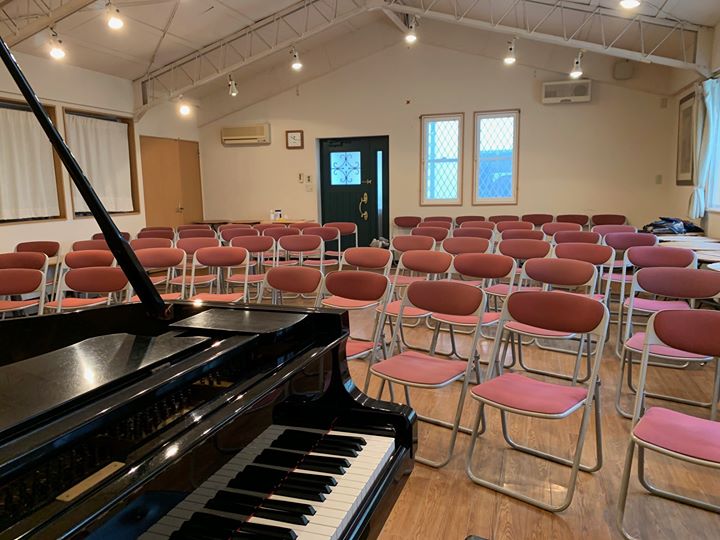
川越の歴史、文化資源の深い魅力を、こどもからシニアまで広く、また観光客など川越を訪れる人にも理解頂くことにあけぼのホールも賛同しております。
そこで、川越の文化を日本語と英語で学び、さらに音楽劇にして表現するという多角的な学びのワークショップシリーズを行いました。さらに英語の翻訳テキスト、楽譜やシナリオなど再利用可能な形で伝え、次世代にも継承したいと考えております。
このワークショップは、こども向けに英語の歌とセリフで川越を案内するワークショップとして、「こども(おとな)川越英語コンシェルジュの体験講座」をウエスタ川越で第1回から第4回まで開催しました続きとしての位置付けです。外国人観光客が増える川越で、オリンピックに向けて川越の歴史文化や観光について学びながら、日本語でも英語でも説明できるような児童生徒や市民を楽しく育成してゆくことが目的です。
地域の文化資源を活かした事業
1 喜多院の歴史、仙波(仙芳仙人)、民部稲荷などの伝説やさつまいもなど産物の歴史など、毎回、川越を題材にしたテーマを日本語で学ぶ。
2 同じ川越の歴史文化のテーマについて、英語で街案内ボランテイアをしている専門家による英語での語りを聞く。
3 川越の歴史文化を題材にした英語のセリフを楽しみながら即興的に音楽劇にする。

4 発表する機会を設けるとと同時に広く市民に興味を持ってもらう。
5 英語での川越紹介は、翻訳も含め、広く活用できるようテキスト化(次年度)。
6 海外経験の長い市民や留学経験のある市民に英語で語るボランティアとして参加してもらう。また学生に音楽劇のボランテイアとしても参加してもらう。
7 異世代交流カフェでは、教育面から次世代を育ててゆくための問題点や工夫できる点など語り合ったり、考えたりしながら新しいプロジェクトを作る。
オリジナル川越ソングス(一部掲載)

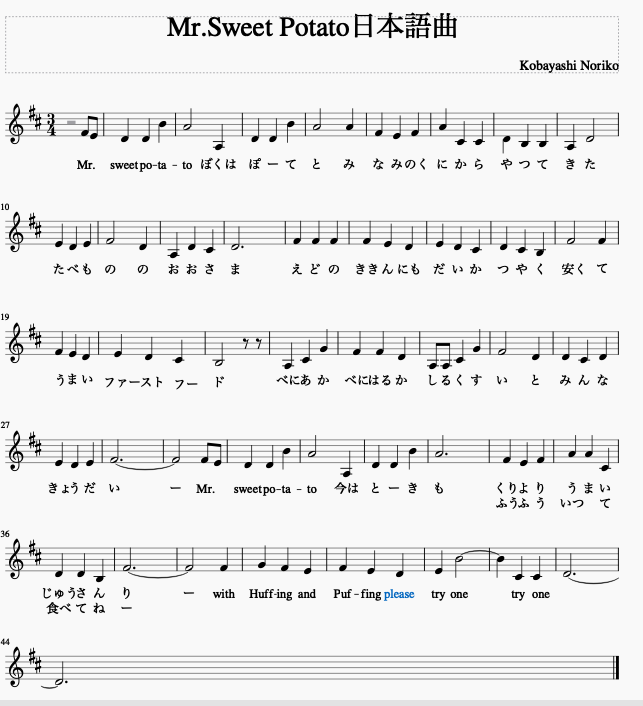
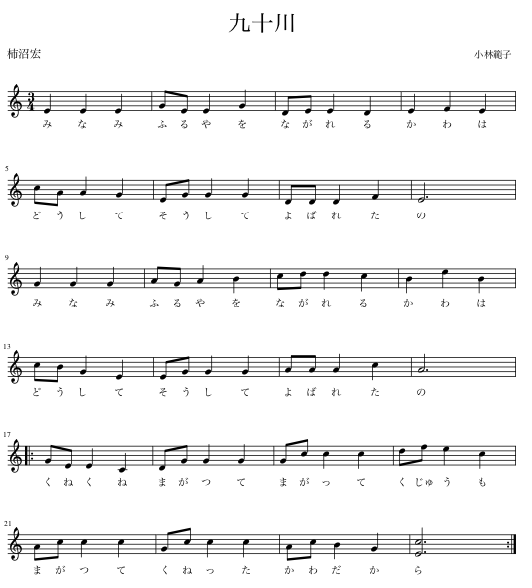
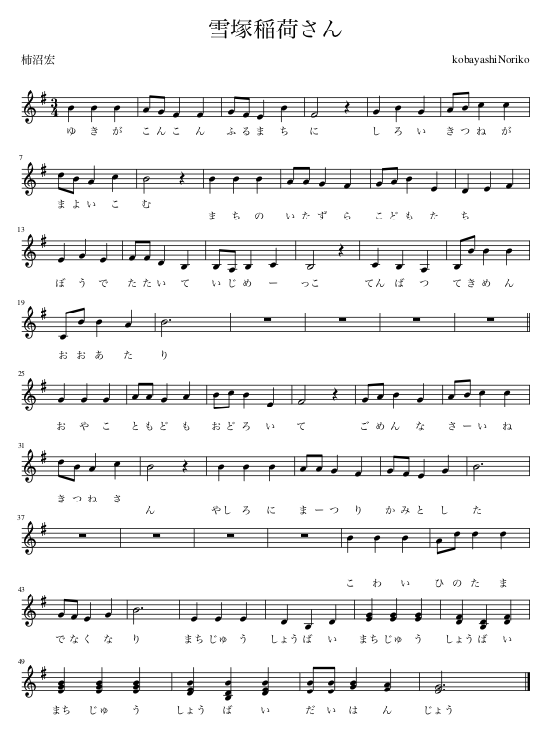
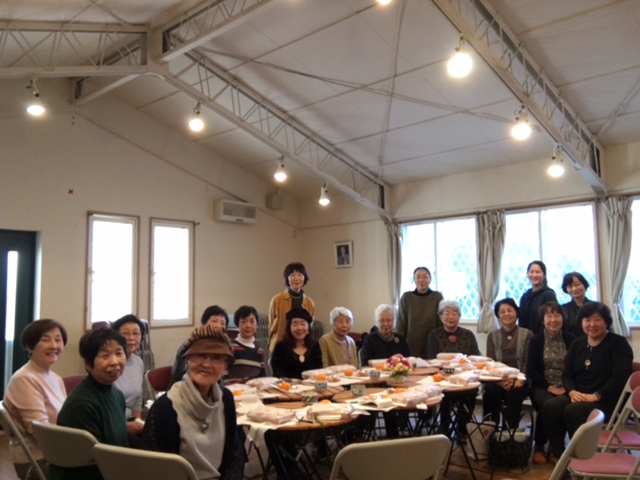
川越ストーリーレクチャーの内容(英語)
A characteristics of Kawagoe kurazukuri buildings is to use a tall box ridge (Hakomune) and an ogre-formed roof tile (Oni-Gawara) with a very thick coat of plaster over a real Oni-Gawara to show off (Kagemori). These buildings create a dignified and imposing appearence.
2 Yamazaki House
The Yamazaki House (Mochi Kameya), which was built in 1868 as a typical Dozo-style townhouse in Kawagoe.
3 Hara house
The most prominent kurazukuri house is the Hara house which was built by a kimono merchant, Heibei Yamamoto in May 1868 just after the great fire.In addition, the Kannon door on the front side of Choki-in Temple, like Yamazaki Mochi Kameya, re-engages when the adjacent doors open, giving a strong sense of the plasterer’s skill and spirit.
4 Miyaoka house
The neighboring Miyaoka house is a Dozo-style townhouse using a particularly high tall box ridge (Hakomune) and an ogre-formed roof tile (Oni-Gawara) with Kagemori.
You will notice that the first and second floors are even higher than the adjacent buildings. For this reason, the frontage seems to be overwhelming, although the frontage is not so large.
5 Koyano House
The following Koyano house was built in 1889 (Meiji 28) and completed over a period of three years, but it is a unique type of storehouse. The second-floor window is currently a glass door, but it is known that it was initially a copper-plated lattice window, which is different from the traditional closed Kannon doorway. This is for the purpose of using the second floor parlor as a bright and open room, and as time has passed since the great fire of 1868, there has been a change in the tendency to give less consideration to fire prevention and prioritize livability. Is shown.
6 Koyama house (current kurazuri museum)
One of the earliest kurazuri buildings that was built just after the big fire in March 1868 is the old Koyama house (current kurazuri museum). Originally built by Bunzo Koyama, a former wholesaler of tobacco
